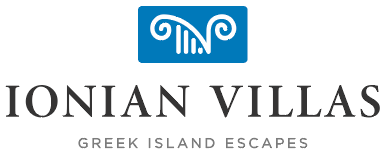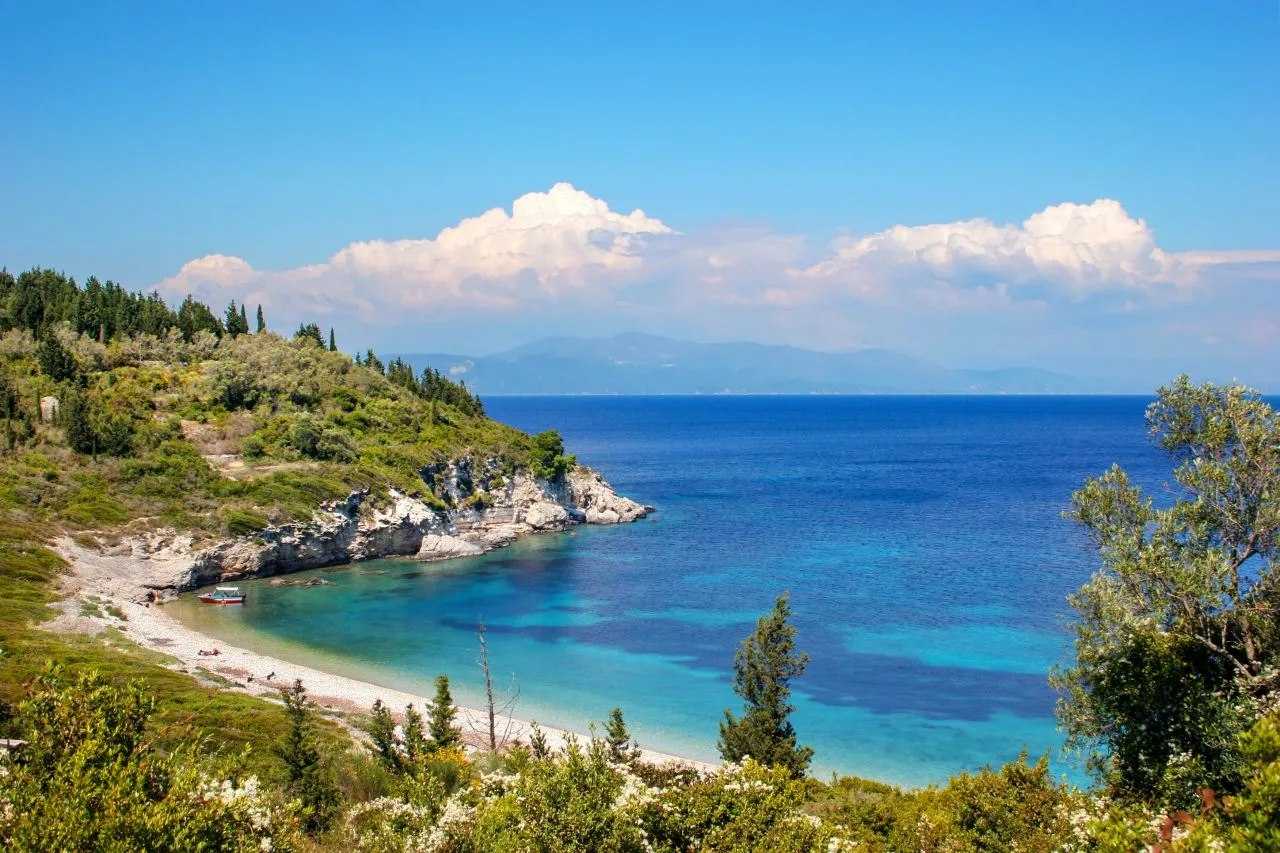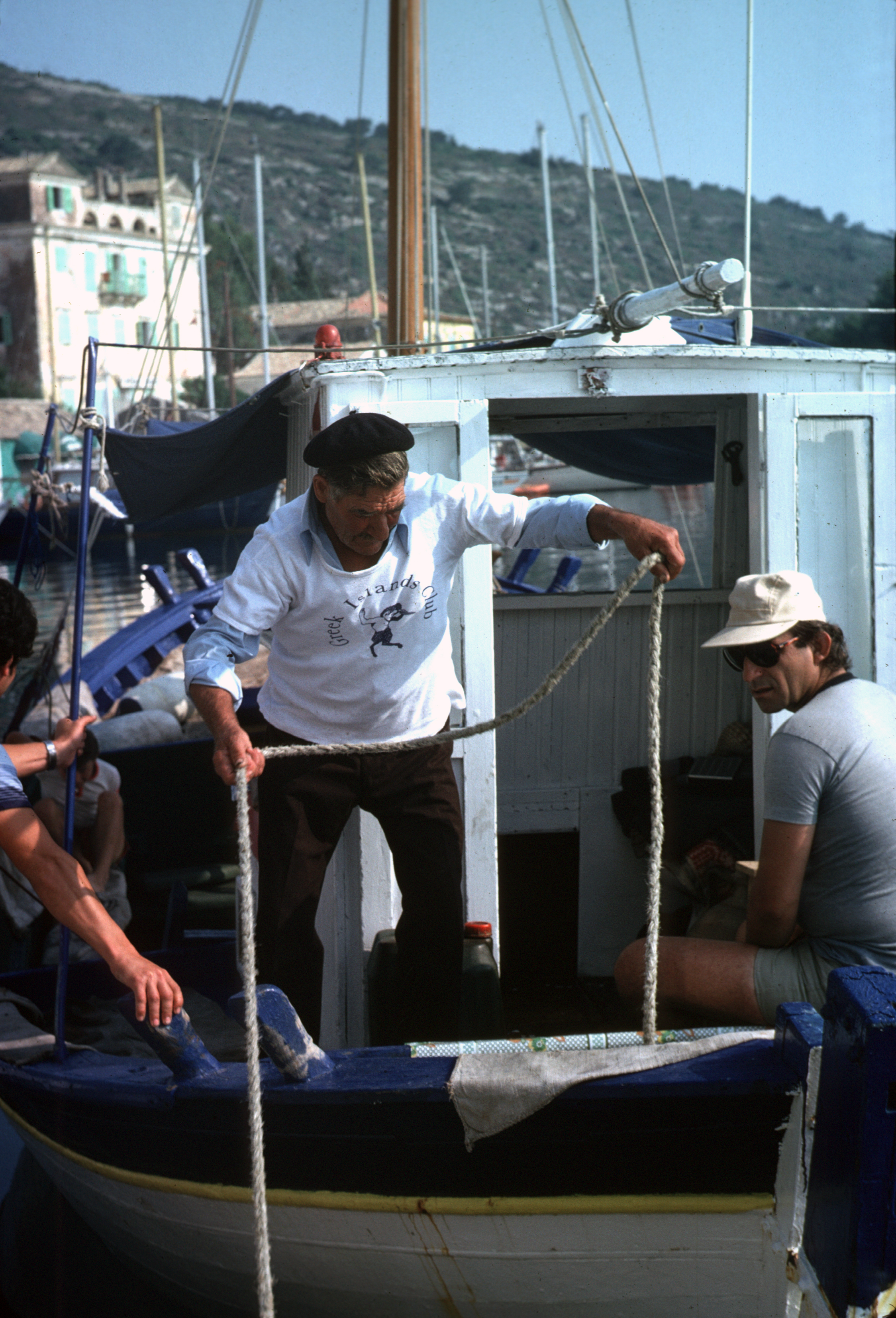The Best-Shaw family are regular visitors to Paxos and this year they were our first clients of the season to experience the journey after Greek airports opened to British airlines on 15th July. Here is their report of the experience: “We weren’t sure what to expect on our journey to Paxos this year but I’m…
Tag: paxos
An Ancient Footpath to Erimitis Spring
Paxos has three ports and the central village of Magazia. Magazia means “shops” and was once the main shopping centre of the island (it even had a ginger beer maker!). In surrounding valleys and on olive-clad hilltops are family hamlets consisting of a cluster of houses and a family church or two. When the island…
Paxos Ferries Over The Years
The only way of getting from Corfu to Paxos in 1965, my first visit, was aboard a weather-worn, wooden caique called “Aspasia”. A central deckhouse cum cockpit provided hard bench seating for around 40 passengers. The Aspasia’s crossing time varied between 5 and 7 hours depending on the weather. The journey south from Corfu Town,…
IONIAN ESCAPES ON LAND & SEA
The Ionian islands of Greece have some of the most beautiful, natural coastlines and crystal clear waters in southern Europe. The islands offer a diverse playground for both explorer and cushioned deckchair enthusiast. Say you are the one responsible for planning the family holiday or for trying to get a party of friends together –…




